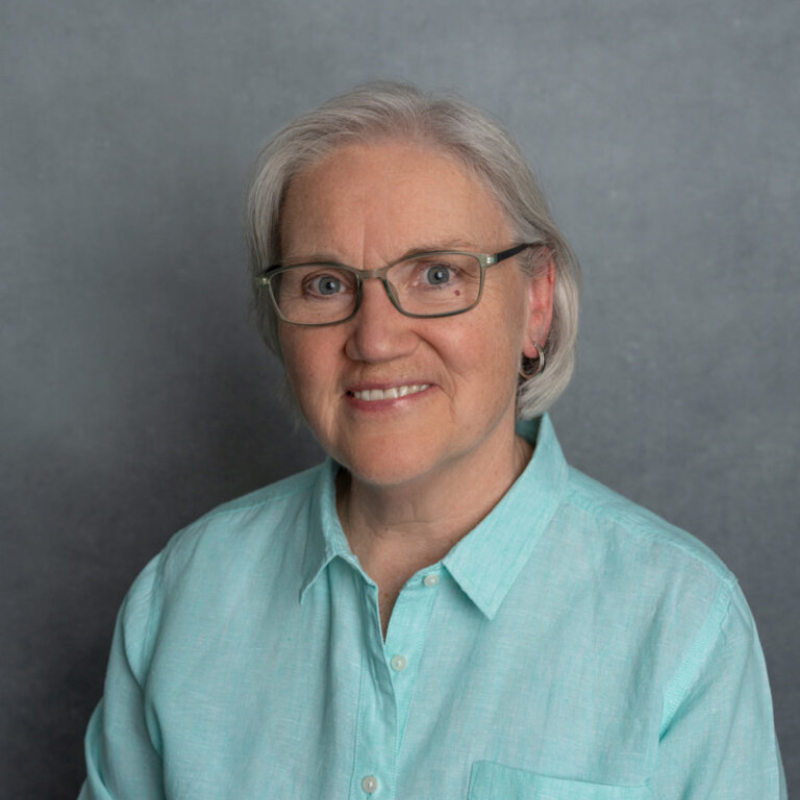Table of Contents
Thinking of so many patients in pain,
those with whom I am privileged to walk.
As I listened to the aching beauty
of Dvořák’s 9th, 2nd movement
this rose within me.
It felt light. I felt light like the hint of sunrise,
like a slow stroll down a familiar path,
hands in the pockets of my favorite jacket.
Like walking into welcome.
This is what I was made for.
But the backdrop was dark.
I felt dark. It was painful.
Even the rising sun was sad.
Still, the darkness didn’t have me.
And darkness, in some new way,
no longer had the same grip on them.
I saw it. I saw them. They saw
me seeing them. The darkness
was floating. I was floating.
Part of them is floating now.
Together, we are a meandering river
soothing, moving. Solid, yet moving,
rocking. But the heaviness was not far off.
Do instruments cry?
I think the oboe might cry.
That oboe helped me cry
with them, for them, for me.
The weight of sorrow
they carry, we carry with them.
The long tones sung by strings,
steady underneath, supporting the oboe
catch my tears and soften my heart
I tenderly welcome what each one brings.
I trusted these strings. Their steadiness
birthed trust and relief. I offered this
to the pain within them. I was with them.
The supporting strings held me
as I let go of what I wanted,
allowing them to be them,
I softly with – holding what they shared.
From the fourth row of violins,
I heard a barely audible yes
The violins were not surprised by tears.
They welcomed them, and offered
nourishment mysteriously
like drops of water on thirsty soil –
The sustained tones an invitation,
like a soft, steady rain. I felt hope
coming to life. Hope I offered
to lend them. We held it together
so they could feel it stirring deep within.
Like the supporting tones sung by violins,
hope felt steady, but uncertain,
the way hope is.
A certain uncertainty. Longing
tossed into the uncertain future.
Wanting more than what is here now.
Painful longing but still holding
and hoping. Still being with.
It feels tender. Like an oboe.
Acknowledgment
Thank you, Debbie Childers and Suzanne Unsell, for sitting with me and my tears as these lines were birthed, for being steady strings.
About the Author(s)

Sue E. Curfman, PT, DHSc, OCS
Sue E. Curfman is an Associate Professor in the School of Physical Therapy at Belmont University. She earned her Bachelor of Science in Physical Therapy from the University of Pittsburgh, a Master of Science in Applied Anatomy and Physiology from Boston University, and a Doctor of Health Science (DHSc) from the University of St. Augustine, with a focus on manual therapy, anatomy, and education.
Sue has over 30 years of teaching experience, with expertise in anatomy, kinesiology, and orthopedics, and more recent contributions to teaching in the areas of neuroscience, pain neuroscience, and the influence of psychosocial factors on rehabilitation. She maintains an active clinical practice and serves as co-developer and co-leader of a wellness program at Thistle Farms, a nonprofit social enterprise in Nashville, TN, that supports women survivors of prostitution, trafficking, and addiction. Her work focuses on addressing chronic pain through a trauma-informed, holistic care model and on promoting the development of sustainable health and wellness habits. She recognizes that, for many of these women, physical pain is deeply intertwined with psychosocial and emotional suffering. Her scholarly interests center on teaching and learning in physical therapy education, pain neuroscience education, and the psychosocial variables that influence the success and wellbeing of both students and patients.

This work is licensed under a Creative Commons Attribution 4.0 International License.

